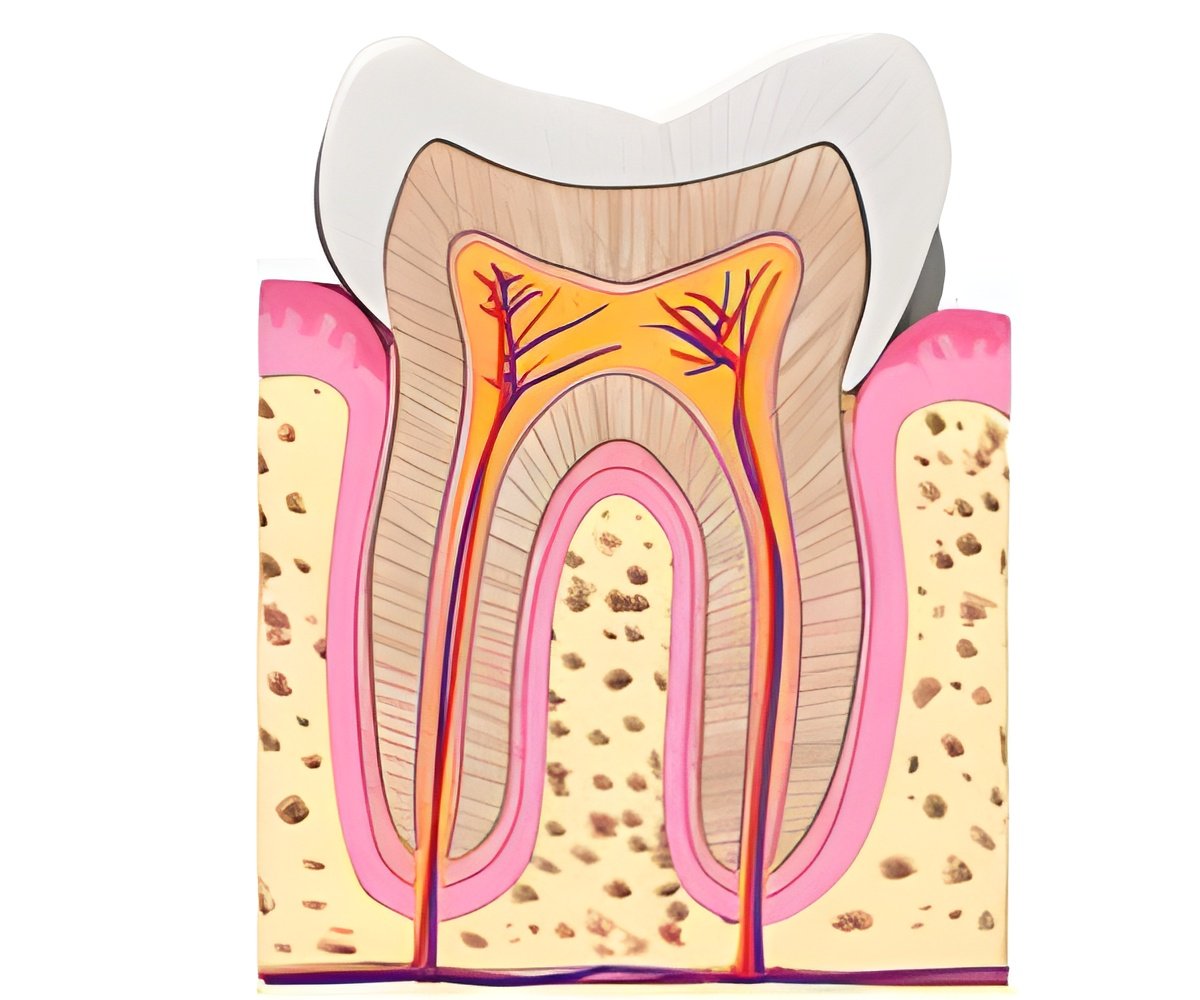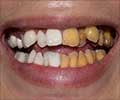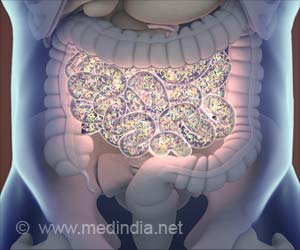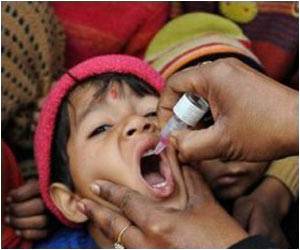
Members of the genera Prevotella and Actinomyces showed the greatest ability to interact, suggesting a central role for them in producing biofilms, reported the researchers. The study, to determine "who's who" in the human mouth was conducted by researchers at the Marine Biological Laboratory (MBL) in Woods Hole, MA,
While both genera are implicated in periodontal disease, species of Prevotella have been recovered from anaerobic lung infections. Actinomycosis is an infection of antibiotic resistant strains in the mouth and gastrointestinal tract.
Alex Valm, Ph.D., Gary Borisy, Ph.D., and collaborators refer to their new fluorescent labeling technology system as Combinatorial Labeling and Spectral Imaging (CLASI). It was designed to overcome a major limit of existing fluorescent labeling system, whose original green fluorescent protein (GFP) tag occurred in one color (green).
A whole palette of colors is now available to scientists through an ever-expanding array of fluorescent proteins or the addition of glowing molecular add-ons called fluorophores, but keeping track of more than a handful of colors becomes exponentially difficult.
The MBL team's first CLASI system used binary combinations of six fluorophores to perform the first quantitative analysis of a large number of microbes in a biofilm.
Advertisement
Source-Eurekalert









